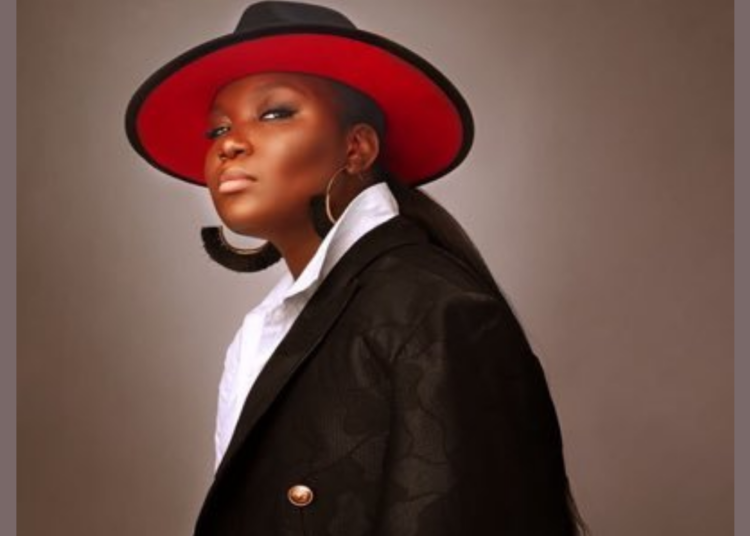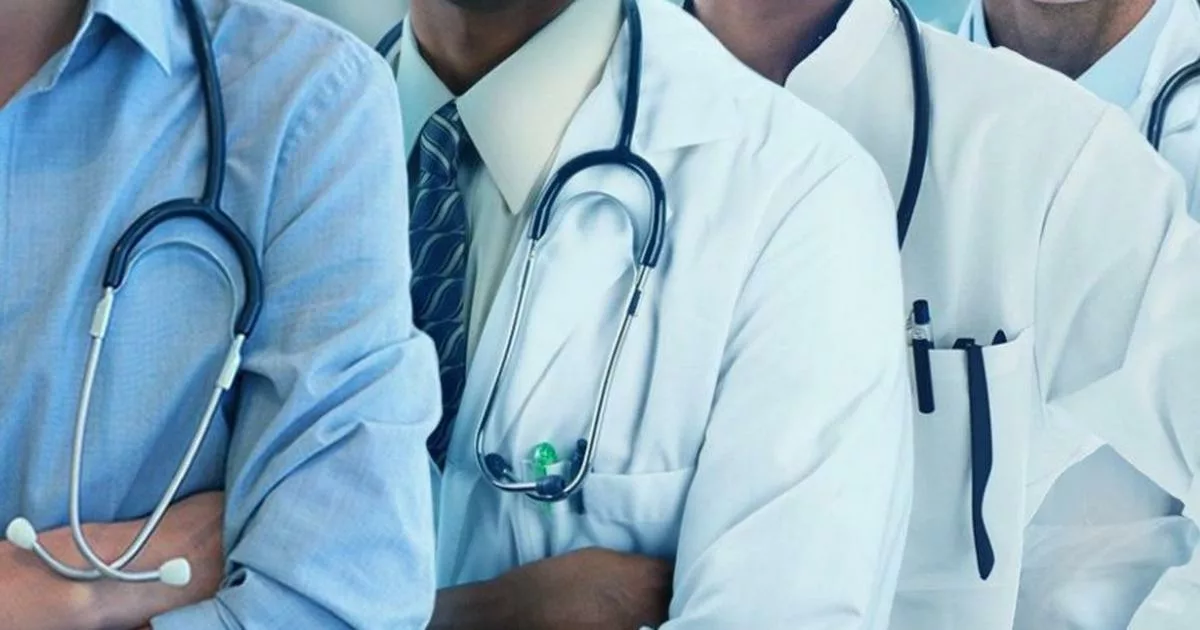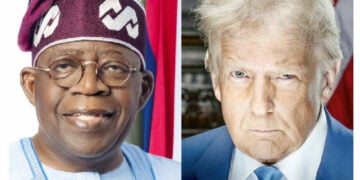You started off with pre-med. How did you transition into photography?
There was a moment when I felt a calling towards something else. I asked my parents for a camera for my birthday, and they got me one. I began telling stories of my family and friends through photography, and it led me to document events on campus as an undergraduate. I even worked for the school newspaper, capturing events in the community. I’d showcase these on my Facebook page, and what caught people’s attention was how quickly I post photos after an event, usually within hours. I’d wake up to numerous tag requests, and it became a great way to connect with others. I also took pride in the quality and uniqueness of my photos. Eventually, I even documented my first wedding gig.
How did your parents react to your shift away from medicine?
My mother was incredibly supportive; she was the one who gifted me my first camera. She’s always believed that people should pursue what they love. My dad, on the other hand, and I didn’t communicate much for a while. However, things changed when he saw me in action during a campaign shoot for the former governor of Oyo State. I remember climbing a tall, unfinished building for a unique angle. My father was worried and asked a police officer to tell me to come down, but I was determined to get the shot. When I showed them the pictures, my dad realized how passionate I was about photography. He even mentioned how he couldn’t wait to see me marketing his camera on the billboard someday.
What initially ignited your passion for photography?
It’s fascinating because the more I delved into photography, the more I uncovered about my family’s history. My grandfather was a photographer in his time. In our family home in Ibadan, we have all our parents’, aunts’, uncles’, and their spouses’ graduation pictures on the wall, all documented by my grandfather. It’s a legacy that has continued through our family. When I saw those pictures, it felt like a natural connection, and I realised that photography was in my blood.
Besides this, Ashton Kutcher was the reason I picked up my first DSLR camera. No kidding, he was. I was about to turn 18 and Ashton came on TV during a timeout of a Boston vs. Lakers game advertising for Nikon. Immediately, I picked up my laptop just to research what the advertised D3000 could do, and I started looking at images and found myself looking at photography like I did with medical journals. I asked my parents for the camera as a birthday gift and well, I got it!
How did you end up in the company of politicians.
I moved to Oyo State from the US, and I was documenting former governor Abiola Ajimobi’s campaign. They asked me to stay, but I thought I had to go back to school, and my dad was like, “You can stay?” People were praying for me to go back to medical school, but the campaign really opened my eyes. We used to travel to different places, sometimes not even eating. I really knew what I was looking for and documented it. It was a beautiful experience. We’d finish campaigning at 10:00 pm, hold meetings till 4:00 am and be ready to do it all again by 8:00 am the next day, and I’d be ready. People used to ask me where I got the energy to do this work, and I told them it was God. I don’t use anything; I don’t take tablets. I love pictures; I love photography, and I decided I wanted to do it for the rest of my life. That’s where I get my energy, motivation, and my love for photography.
Going forward, how did you meet, and work with Vice President Yemi Osinbajo, tell us about your unforgettable moments with him?
Prof Osinbajo is very aware of his environment. There was one time he met with the governor Ajimobi after he had just been picked as former President Muhammadu Buhari’s running mate, and I remember taking pictures. I remember going to him and asking if I could take a selfie with him and he said Yes. I posted that photo on my Instagram page documenting the next vice president of Nigeria. I wrote the caption on December 17, 2014. Since then, Prof has known me, acknowledged me, and regularly asks how I am doing. It used to shock a lot of people I worked with how he knew my name.
Fast forward to 2019, Governor Ajimobi attended the helicopter crash Thanksgiving in Ikenne. I remember they had asked me to come to the front but I said I’ll join them later because there was a shot I was aiming for. I knew that some of the best images of Professor and Governor Ajimobi are when they are walking. So, I went to a corner and shot from the side angle. Governor Dapo Abiodun and Governor Ambode were also there, redressing their Agbada at the same time. Governor Abiodun was a second slower. So, I got Governor Ajimobi, Governor Ambode, and VP Prof Osinbajo redressing their Agbada at the same time, and the photos trended as “Yoruba demon” and “Agbada gang.” People told me that Professor was curious about how I took the photos. So, Prof reached out to Governor Ajimobi asking if I could work for him, and he said yes. So, I was asked if I was interested, and I said yes.
Prof Osinbajo called me to ask about what I do, and I explained that I do a lot of storytelling. I didn’t realise I was doing an interview. During the conversation, he asked a lot of questions and will counter points I made and I was wondering if I should counter them back or just nod, but I tried to make my point clear. In August 2019, I was called to resume work with Vice President Yemi Osinbajo. I was not in Nigeria then; I was in Portugal. My appointment letter was ready, appointing me as a special assistant to the President and Personal Photographer to the Vice President of Nigeria. So, I rounded off my work in Portugal and returned to Nigeria.
I reported officially on August 21st. I researched the role, his social media pages, and law books he had written to get a sense of who he was outside the position. When I resumed, I told him I needed access to all of his itinerary so that I could document him. Prof worked hard day and night and I just enjoyed documenting that. I’m a workaholic myself, so I was in good company. Prof’s events were always back-to-back. After the “trader moni” programme in Nasarawa State, I posted photos online, and the VP asked if there was more from the visit, even though the photos were already trending online. Every day after my job, I used to give all my bosses a daily summary. This was important because it helped them understand their day better since I was their eyes. Sometimes, you wouldn’t even know if someone was impacted by their speech or crying but those images will tell them. So, I sent him the photos from the Nasarawa event, and he asked me if that was all, even though the photos were on the cover of all national dailies. What I learned that day was that there was a need to do more, and even better photos may be in your gallery. I gave them to him, and he said I had to do better. I was puzzled because I had sent all my pictures from the event that day. I loved it because I was coming from a place where if my photography was good or not, it really did not matter. Whether I sent photos or not, I still went out to shoot the next day. I was the one always pushing myself. I knew this was different because the VP had set bars for me, and I had to break through them. He was never going to let me rest. That was my welcome to the villa moment, a principal who would make me accountable and I loved everything about that. My best was not good enough and he was pushing me to be the greatest I could ever be.
I can’t just back off; I can’t just go to an event and not take pictures. I told him that we would resume and close together. I would document him from his house to when he closed. It was important to always be with him because anything could happen. Prof is the kind of person who was very instinctive. He had a schedule, sure. But anything and everything could change in the blink of an eye and you just had to be there, moments around Prof happened like wildfire. Sometimes we would be on our way somewhere and the President could direct him to attend an event on his behalf last minute and we would re-route and go. Just imagine if you’re not there, who would document it? Often on our way to the airport, we would see an accident no matter the circumstances and Prof would stop, call for his ambulance and Chief Physician to help accident victims and he would cover the medical bills for them too. He doesn’t put it out on social media. I’m telling you; I can tell you about the times when he would see somebody waving, stop, and greet them. I can tell you about a young girl who saw Prof at the market, held his hand and wouldn’t let go. They invited her and her family to the villa. In that meeting the mother was just thanking Prof because they paid for all her education. There are so many stories like that or of a young man who loved Prof’s speeches. Prof invited Jele and his siblings to Aguda House for the weekend, and Jele, who is only nine years old, writes books. Prof sat down with Jele, showed him how he prepared for his speeches, and even wrote the foreword for Jele’s book. Nobody will tell you that but my pictures will.
What are your challenges over the years and triumphs?
A lot of people believe that photography is a job for poor people. They believe it is because you are poor that you are into photography, and some photographers tend to go into business after a photography career. There was a time when the UNDP invited me to hold a session with the President of Rwanda and 26 governors in Kigali on the need to have a powerful communication team and great photography. I was given that session to anchor for an hour. At that moment in Kigali I thought look at how far photography had come I remember when I was telling governor Ajimobi, as the first second-term governor of the state, to allow me to document his story, but he did not agree to me following him around at the beginning he thought I should only be there for official events and press events. And I remember how I would hide in the boot when he was traveling to attend a function because my instinct would tell me he needed photos.
I remember when some APC chieftains went to Chief Aremo Osoba’s house, including governor Rauf Aregbesola, who ran out of the house to look for a photographer to record the moment Chief Osoba agreed to defect to APC. The ADC told him I was around so I jumped out and ran inside to document the moment. The image was on the front page of all newspapers the next day. So there was a conversation among them and governor Ajimobi told them he said I shouldn’t follow them, and governor Aregbesola answered that he should see how useful I was. That moment showed the power of the lens.
Besides this, Governor Ajimobi’s decision to have the first-ever female documentary personal photographer to a governor in the history of Oyo State and Nigeria as a whole undoubtedly garnered significant attention. He gave me my shot and allowed me the platform for which I’ll forever remain grateful to him and his family. That platform led me to Osinbajo’s platform and the work I did with Osinbajo led me to the UNDP and the delivery of that seminar in Kigali.
Photography is a professional profession; you have to read, you have to use your initiative, you have to think ahead of your principal, you have to anticipate moments and it is very tasking. A good photographer can make or mar your event. You have to be very intelligent to be a photographer.
Photographs are a reflection of your country or family historically and it’s how legacies are cemented because if we don’t tell our story who will?
What is your advice to African children?
Never back down on your dreams, believe in yourself, and be hardworking to achieve your dreams, there will be setbacks but never give up pursuing the goals that set your heart on fire, and with God on your side, you will surely get to the top.





